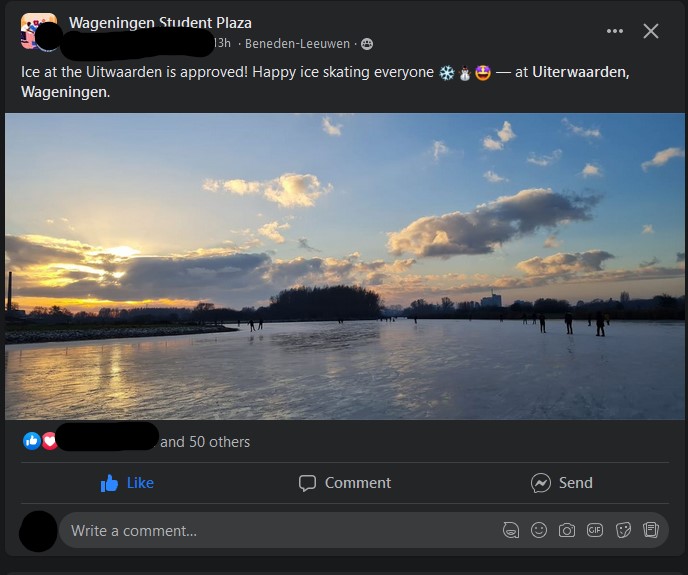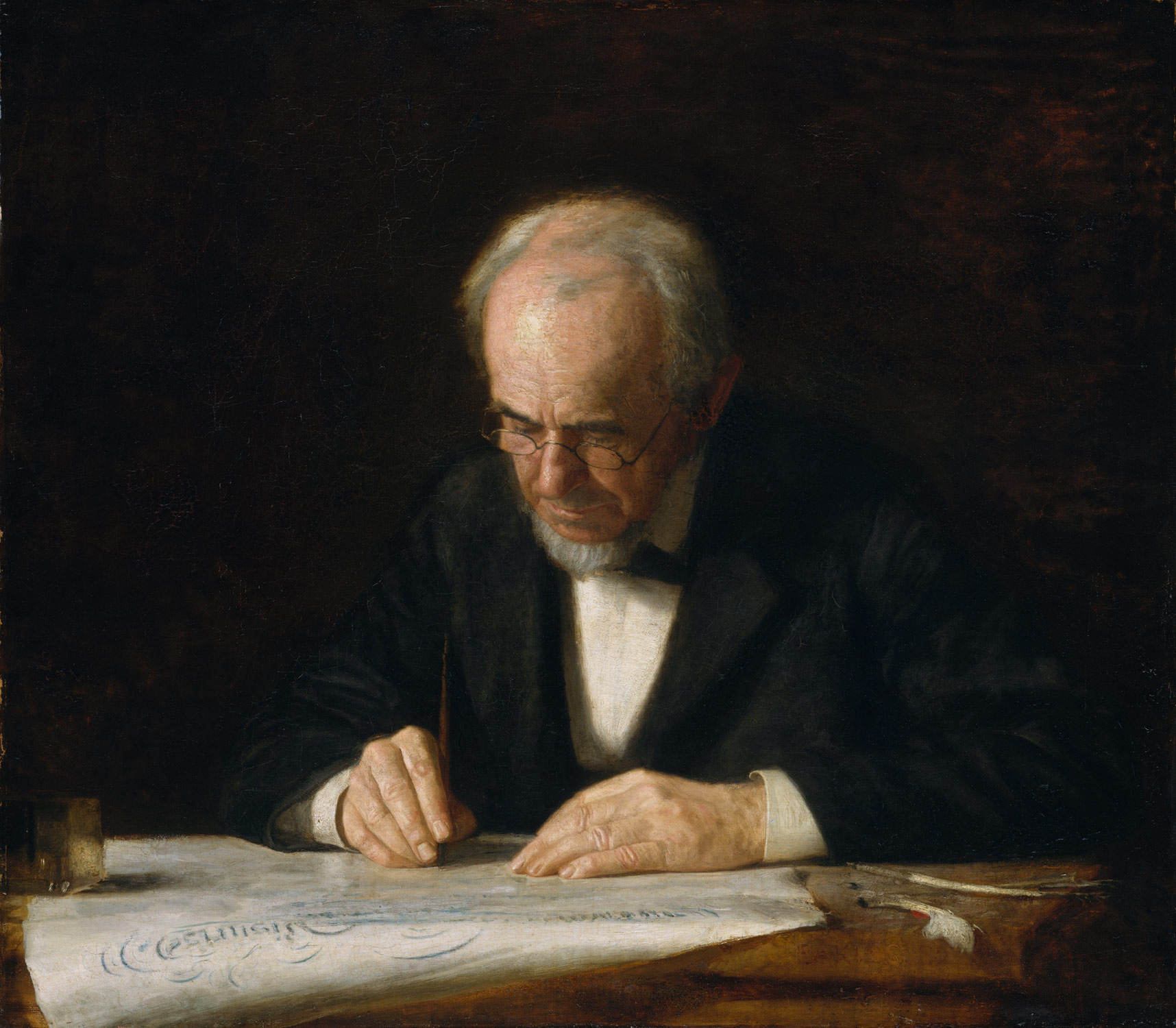Reading the news, voting, and getting naked all seem legitimate ways of being an active participant in our university’s decision making. But where has this gotten us? A study by Dominik Antonowicz and Ben Jongbloed in 2015 outlines the history of democratisation of higher education in the Netherlands. By understanding this history can we look forward to a more democratic WUR in the future?
Before getting into where we are today, we need to look back to where all this began, the swinging 60s. It was during this decade that the push for democratising higher education in the Netherlands really gained ground. Prior to this, students and non-academic staff had no mandate for policy decisions of the university, a privilege reserved for lecturers and professors who appointed a board of curators.
Following many attempts to reform this structure, a wave of student protests swept the Netherlands, France and Germany in the mid-60s, with Wageningen making national news when students interrupted a faculty meeting and stripped off. These protests, along with changing public and political opinion, resulted in the University Governance Reorganization Act, approved in 1971.
This act led to radical changes in how universities were governed, including the introduction of a University Council which consisted of one third students, one third non-academic staff, and one third academic staff, with the executive board playing an advisory role. This council had powerful rights, including the right to approve the budget of the university.
The 1971 reforms were a big win for the democratisation of higher education, since all members of the university rose to a relatively more equal playing field in policy deliberation and decision making. That said, there was still a large influence from state regulation through the Ministry of Education, having a say in such matters as the university’s mission and goals. This was especially the case in Wageningen where the university was also receiving large funds from the Ministry of Agriculture.
This state interference began to be criticised in the 1980s, when governments began to step back from interference in the public sector, allowing universities to function more autonomously in terms of goal setting and funding acquisition. This lead to universities aligning themselves more with business and industry. On top of that, the 1971 reforms were criticised for slowing down decision making, leaving universities unable to adapt quickly enough to the fast-paced changes which were happening in the late 20th century.
To address this, the Modernising the University Governance Organisations Act was passed in 1997. This act brought about a lot of changes, with the most influential being the centralisation of powers in the executive board, leaving the university council in a more advisory role, losing rights such as that to approve the annual budget of the university. The executive board are appointed by a supervisory board who are appointed by the Minister of Education and Minister of Agriculture, leading to the most powerful body at university level not being democratically elected by members of the university. For the university democratisation movement, this was a big step backwards and state interference seemed to have just been readjusted from a different angle.

Now, almost 25 years on, there haven’t been any more democratic reforms to the legislation of higher education governance. In the past, it seems that these reforms followed major political and social changes of the time, with parallel pushes from internal lobbying and protest. Today, there are ongoing protests and social movements at WUR, mainly targeted at the most powerful body of the university, the executive board. These revolve around topics such as racism, private sector collaboration and sexual harassment.
These groups have to go through enormous efforts to convince the executive board of their policy recommendations. Would a more democratic WUR with a more powerful and representative university council and a less powerful or at least representative executive board be fairer to the university community? These are questions to ponder when imagining what a more democratic WUR could look like.
One group envisioning this future are Academics Unplugged. They are a group faculty and students working to develop a people’s assembly within the university. A people’s assembly would be a randomly selected representative group of students, as well as non-academic and academic
staff, who would have the same legal rights as the student council. They would meet throughout the year to deliberate on issues prevalent at the university. “It should not be that this group meets once a year, votes and that’s it. There needs to be attention to deliberation to find consensus. This is the most important thing”, says Kamiel Verhelst. They will be running their first trial of the people’s assembly in the next academic year to discuss how topics related to climate change and biodiversity are integrated in the curriculum of different studies. Democratising WUR is a movement that is alive and well, albeit in small pockets of our university. We are a long way from the radical changes seen in the late 20th century, but by learning more about democratisation in the past, we can envision more possibilities for the future.


